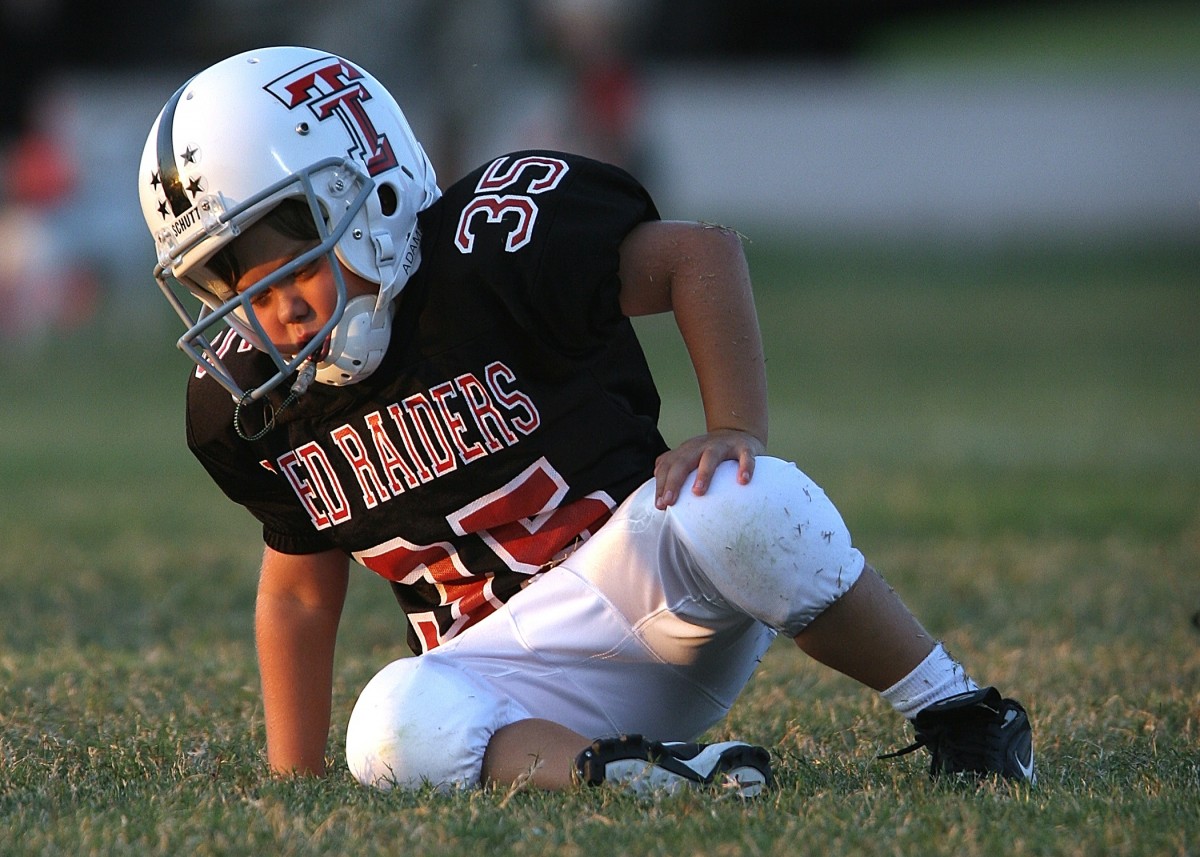News
Less than half of childhood concussions are caused by sports

Concussions are quickly getting thought of as a “sports injury” or one that almost only happens on the football fields and basketball courts across the country. However, a recent study published in the Journal of Pediatrics serves as a reminder that contact sports actually account for only a minority of all brain injuries in children.
“While sports concussions have been important in raising awareness of concussions, it is important to remember that many nonsports/life activities can result in concussion as well and that it is a common injury in childhood and not just in sports,” senior study author, Christina Master, MD, pediatric primary care sports medicine specialist at Children’s Hospital of Philadelphia (CHOP), Pennsylvania, told Medscape Medical News.
In the study, the team of researchers from CHOP and the Centers for Disease Control and Prevention (CDC) investigated the cause of concussions in children using a standardized assessment tool called the International Classification of Diseases. They also consulted CHOP’s electronic health record system for information between July 1, 2012, and June 30, 2014. Of the 8233 patients included, approximately 20% were randomly selected for individual review.
While the majority of concussions (70%) were associated with “sports and recreation activities”, the authors note that only 40% of childhood concussion actually came from contact sports like football, soccer, and hockey.
The remaining 30% of all childhood concussions were caused by falls, motor vehicle crashes, and assault.
As children age, the chance of experiencing sports and recreation-related concussions tended to increase.
“Sports and recreation-related activities become the primary source of concussions beginning at age 6, increase in proportion up to age 10, remaining constant until age 16, then take a small dip at age 17, which may be due to an uptick in motor vehicle crash injury and attrition from sports,” Master explained in a news release.
In addition to reviewing the cause of injury, the researchers found that only approximately one in six of the children sought medical attention on the same day of the injury. Most were not diagnosed until 2 or more days after the injury.
“This study tells us that we need to extend traumatic brain injury prevention and management outside of youth sports to ensure all children who sustain a concussion receive the necessary care to return to daily childhood activities including school and play,” lead author, Juliet Haarbauer-Krupa, Ph.D., from the CDC’s National Center for Injury Prevention and Control, said in the release.
“It’s important to remember that life concussions can also have a big impact on return to activities, similar to sports concussion, and should receive as much attention and active management as sports concussion,” Master told Medscape Medical News.



